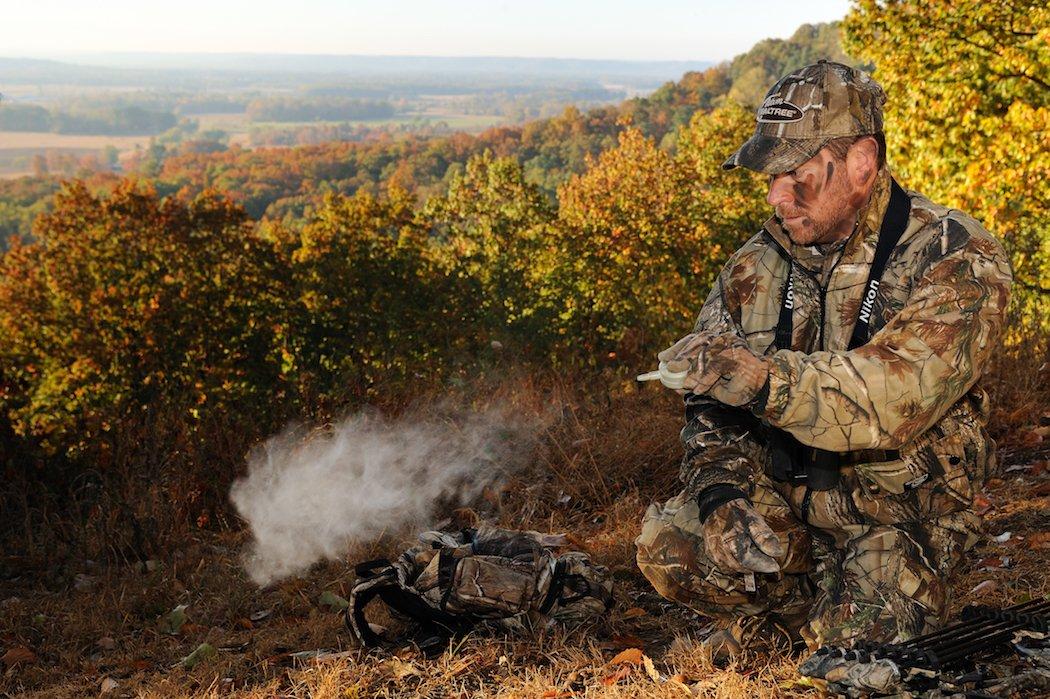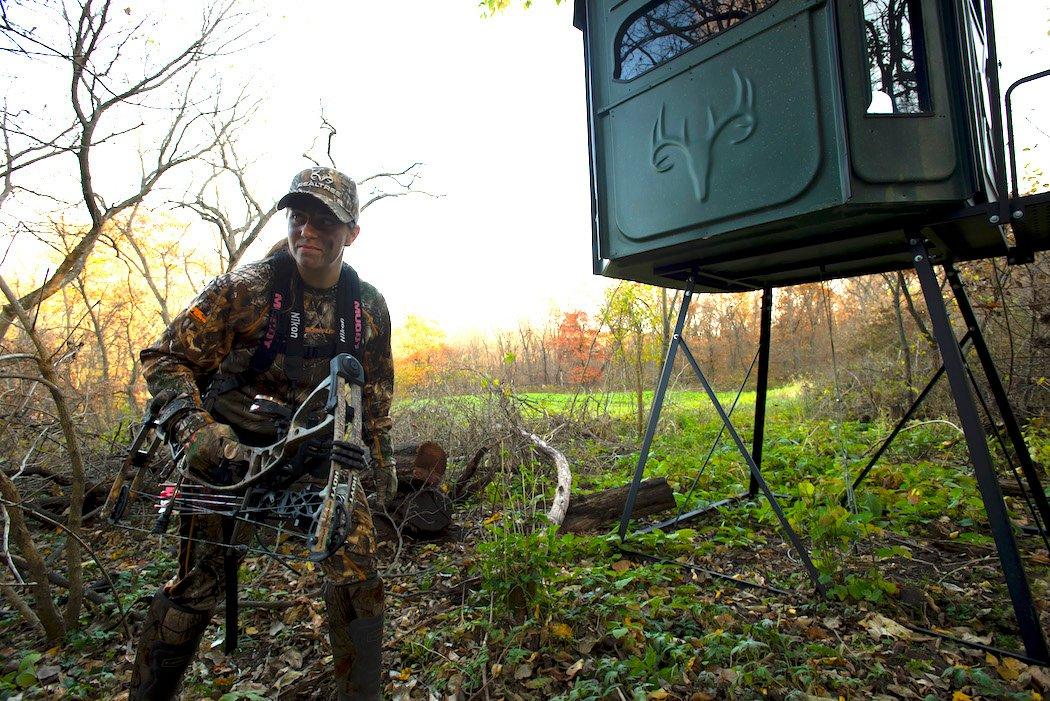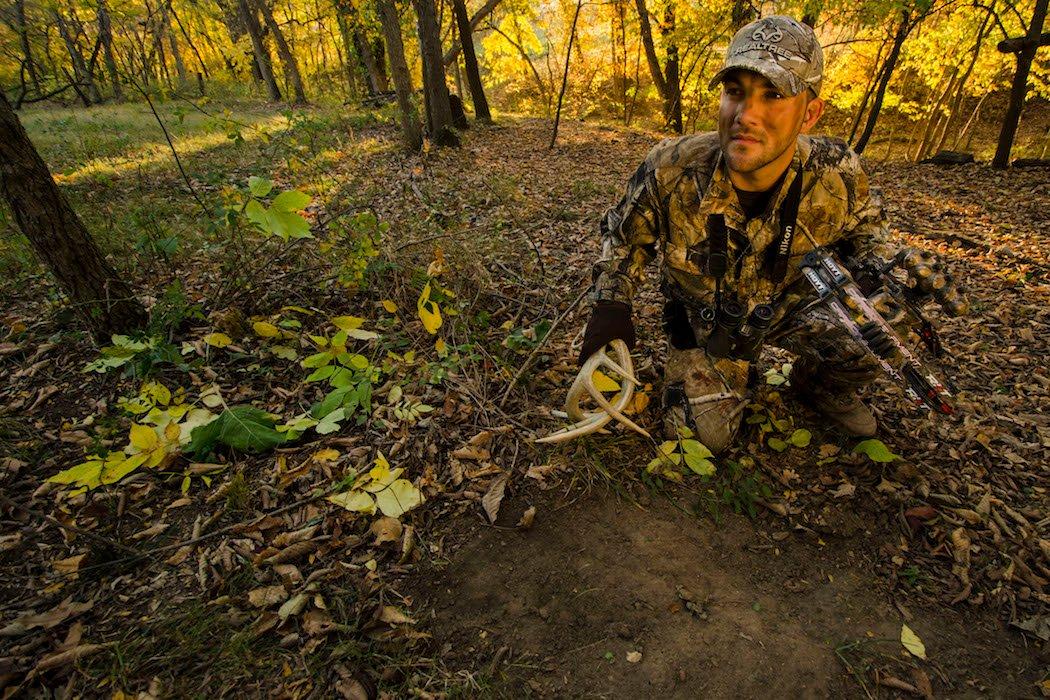Learn to recognize sucker stands
In a recent Ask Winke question, I replied to a hunter who was trying to figure out how to hunt a trail just inside the woods from a small food plot. He'd have to walk across the plot to get to the stand, but the bigger issue in my mind was the fact that his scent would have blown out into the plot when he hunted it.
The lure, in this case, was the fact that the bucks he saw from a blind on the other side of the plot (the safe side) always seemed to be passing just inside the timber across the plot with no shot opportunity.
Recognizing Sucker Stands
This is the classic sucker setup. The lure is strong enough for us to take chances with the stand selection to the point where we ultimately either kill a buck on the first hunt or two or ruin the spot for an extended period of time.
It's the kind of spot that burns out very fast, because the odds of alerting (educating) lots of non-target deer (in this case they'd be in the plot feeding - or trying to) is very high. If you aren't successful shooting a buck right away, the impact to the area will bring natural movement to a screeching halt.
There are two ways sucker stands can betray you. It may be hard to get to and from the stand without alerting deer. Or, it may be hard to hunt the stand itself without swirling winds giving you away.
Think of it this way, even if you aren't specifically getting busted by one of the bucks you're hunting, the body language of all the other deer that are now wary of the stand site will communicate danger to even those deer you have not spooked. All the local deer will know something is wrong with that food plot and avoid it for a period of time.
Long-Term Effects of Hunting Sucker Stands
It is hard to say how long they will avoid these, or move through there only after dark, but it could be a couple of days or weeks. And the effects add up. Each time deer detects human presence there, they will be less likely to risk daylight activity in that area until several nighttime trips (without sensing any danger) have eased their fears.
Your botched hunts could be as much as a week apart, or maybe even two, and they will still serve to confirm to the deer that the small plot is risky - something to approach with ultimate caution.
Normally, stands found in valleys or draws are sucker stands because the swirling wind will give you away. However, with the use of sealed blinds, like the Redneck blind shown here, you can get away with hunting such locations. The blind helps contain human odor and significantly reduces its spread.
Other Classic Sucker Stands to Avoid
I've run into a number of other classic sucker stands throughout the years. They fall into two categories. Either they are hard to approach and leave without being detected by deer (this is common near feeding areas where getting out clean is nearly impossible). Or, they are spots where the wind is fickle and can give you away at any point. The most common example of the second type is one found in a draw or bottom.
You can find tons of deer sign in the bottoms of draws. However, as promising as those ditch and creek crossings may look in such areas, the wind will swirl relentlessly. Soon, every deer in the area will know you're there.
You can put a blind in such a spot (this is where I really like the Redneck Blinds that can contain human scent), but otherwise, you are best off avoiding such spots no matter how good they look.
Deer don't just stay in one spot. They move. So even though you can't hunt the very best-looking spots, you can hunt the fringes where you control the access and wind better to your advantage. You have to be a bit more patient when hunting the fringes, but the reward for that patience is a much more consistent season.
If you are trying to justify why you should hunt a certain stand even though you know it's risky - it is probably a sucker stand. Beware. If you aren't successful right away, you may be in for a long season.
Don't Miss: A New Place to Consume Midwest Whitetail Content
Check out more stories, videos and educational how-to's from Bill Winke and Midwest Whitetail.











